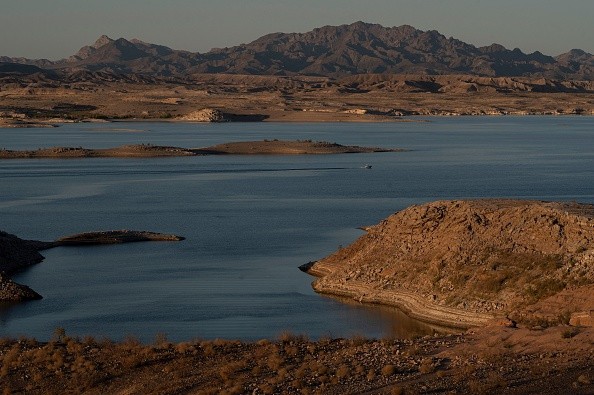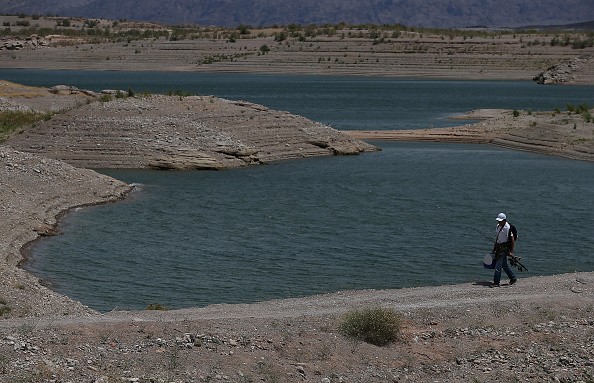Less than a week after a body in a barrel was discovered stranded in the drying lakebed, more human remains were found in Lake Mead.
Gruesome Findings

On Saturday, May 7, two sisters from Henderson, Nevada, were paddleboarding in the Callville Bay section of Lake Mead when they discovered the remains and alerted National Park rangers.
One of the sisters, Linsey Melvin, told KLAS-TV that she first thought the remains were those of a bighorn sheep until she and her sister continued digging and discovered what appeared to be a human jawbone.
On Saturday, National Park Service rangers reacted to the call and recovered the remains, verified to be human.
Potential Investigation

According to the Lake Mead National Recreation Area Public Affairs Office, the Clark County medical examiner has been notified to identify the cause of death, which might take several weeks. "While the park acknowledges that other findings may be made when water levels fall, the park has no further comments on the investigation."
According to the Associated Press, investigators are not examining the situation as a homicide.
The Nevada-Arizona state line runs across the middle of Lake Mead, with Callville Bay branching off the reservoir on the Nevada shoreline. The human remains discovered last week in Lake Mead were also found on the Nevada side of the lake.
After the first body was discovered on Monday, May 2, Las Vegas Metropolitan Police Homicide Lieutenant Ray Spencer told KLAS-TV, "There is a very strong likelihood that we will uncover further human remains as the water level drops."
Water Decline
The water level had declined by nearly one foot between the two sets of discovered remains, going from 1,054.4 feet above sea level to 1053.1 feet above sea level, and it has continued to drop progressively.
On Monday, May 9, Lake Mead's water level was 1,052.88 feet above sea level, a far cry from its highest recorded level of over 1,225 feet, reached in the summer of 1983 during a strong El Nio phase that caused widespread flooding across the United States and nearly broke at least one dam along the Colorado River.
According to the Southern Nevada Water Authority, it's a stark contrast to last week, when one of Lake Mead's intake valves sprang out above the water line for the first time, which oversees the city's water supply. Echo Bay recently restricted access to its launch ramps to yachts with shallow hulls. Low water levels had already forced the closure of three harbors.
The Bureau of Reclamation announced in August 2021 that Lake Mead had dropped to 35 percent capacity, causing the first-ever water shortage declaration in the Colorado River Basin and water consumption cuts across the Southwest.
However, Lake Mead is not the only body of water suffering from the 22-year-long drought that has gripped the American Southwest.
Climate Change
Utah's Great Salt Lake has reached some of its lowest levels since the USGS began keeping records in 1847 due to river diversions and drought effects, affecting systems that rely on it, from the ecosystem to the local economy. Then, in April 2021, a family out fishing in Utah's Lake Powell discovered more than fish when they came across a shipwrecked boat uncovered by receding seas.
In June 2021, a small plane believed to have crashed in 1986 was discovered at the bottom of California's Folsom Lake.
According to a peer-reviewed study published in the journal Nature Climate Change in February 2022, the Southwest and areas of northern Mexico endured their driest 21-year stretch in at least 1,200 years from 2000 to 2021. Human-caused climate trends were responsible for about 19 percent of the "extreme drought severity" in 2021 that brought this megadrought to its current ranking.
For more climate and weather updates, don't forget to follow Nature World News!
© 2025 NatureWorldNews.com All rights reserved. Do not reproduce without permission.





